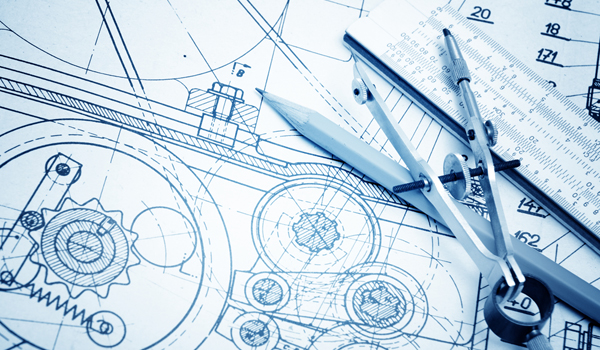This week I want to discuss how easy it is to accidently design additional costs into new cables and how to avoid having to constantly re-design as the costs become too high.
Many people when approaching the design are thinking about the function of the cable first however, the reality is they also work for a company that must make money. If the costs are too high less units will be sold resulting fewer company profits and that means no pay rises!
This all sounds a bit extreme but the reality is that every single cost adds up and getting the design right 1st time saves a whole lot of time and money!
Let’s look at the 5 most common mistakes people make!
1: The cable is over specified.
When deciding what cable to use as part of the assembly ask yourself what do I need? From an electrical point of view, you may be thinking in terms of volts and amp’s, you may want to also consider the following:
Must it be a branded cable for example there are many great brands out there, but do you really need to pay the extra for the brand name. We have seen many brands change the design of a range without notice and in one example the OD of the cable increased so much that it did not fit into the connector forcing an urgent costly re-deign.
Many generic cables as made to a specification such as Def-Std or Din-Std so you are guaranteed some level of consistency.
Another consideration is of other specifications so ask yourself:
Does it really need to be screened?
Must it be LSZH or any other form of low halogens?
Is it fixed or likely to be in movement, there is no point in specifying an expensive high flex cable when it is only going to be moved a few times in it’s lifespan.
2: The connectors labelled for obsolescence.
Such a simple thing but so often overlooked. If you are designing a cable that is going to last, make sure it is not likely to be discontinued. Think about the impact of change it has from the re-design of the device it is plugging into and the costs involved.
If you are unsure or don’t know how to find out, then ask your supplier to investigate this. You would be surprised how often manufacturers either withdraw connectors from the market or make significant changes to this with relatively short notice.
3: The connectors are difficult to assemble.
One of the most overlooked elements of cable assembly design is how easy or difficult the connector is to assemble. Some connectors such as the d-connector are restively easy however, other circular connectors can be very tricky and require great skill and dexterity. This can massively affect the price tag.
It is not unusual for a connector to look easy to put together from the data sheet, but we always recommend you get one and have a go for yourself.
While it is easy to assume that the cable assembly sub contract you use will have specialist tooling and skills we are not super human (as much as we would like to think we are)! If a connector is small and fiddly for you it will undoubtably be for your supplier also!
4: Choosing a colour that costs a lot.
Making a product look good is a vital element of product design that some would argue is the most important part of the design process. When it comes to colour, you want it to look good and match the product it is plugging into.
However, suppose the produce you design is red, and you want the cable to be red also. Consider what is the additional cost of this. Or if the cable is internal to the assembly is it that important to you that you stick to the colour you have chosen.
We have seen examples for cables specified for their colour and when it came to ordering in was not available for several weeks pushing back deliveries by weeks.
If a specific colour is required, consider your commitment to purchasing cable in advise for the lifespan of the product to ensure supply.
Again, such a simple thing but we have seen it many times where a specific colour must be used so the deliver of the product is delayed.
Work with your supplier as they will be able to help keep the cable in stock and long term save you money.
5: Not considering the impact on the environment.
This is the most difficult one to consider but I believe it is one of the most important. Any manufacturer of a product by it’s very nature will have some sort of impact on the environment but what we can do to limit it is something we can control.
A good example is choice of materials. For example, using metal rather than plastic connectors or connector hoods.
Consider the packing options. For example, Neutrik have options for bulk packing when you purchase 100 connectors, they come loose in a box rather than individually packed in a plastic bag.
Other considerations include how it arrives for example some suppliers use plastic cable drums while many use wooden ones.
If we factor these sorts of decisions into designing cables, we can all make a positive impact on the environment.
In conclusion.
Some of the above may seem obvious however, it is surprisingly overlooked. We find that simple counts and while the choice is overwhelming, we often think that the best designs can be aesthetically attractive and yet combine all the features you are looking for.
I hope you have found this useful and perhaps try to look at cable assembly in partnership with your cable assembly company before designing as they have a wealth of knowledge that may add a great deal of value to your design.

